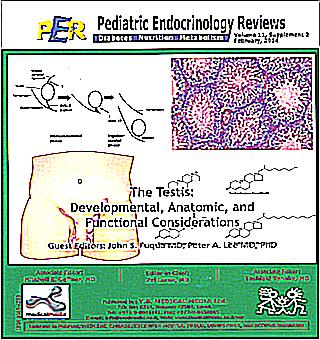Home >
Erectile Dysfunction >
Male third testicle treatment for polyorchism
Male third testicle: treatment for polyorchism

Polyorchism is an anomaly in the development of male genital organs. This pathology is characterized by the presence of a third testicle (less often than four). It can be localized in the scrotum, peritoneum, spermatic cord. Most often, the accessory testicle is not fully developed, but sometimes it can have its own epididymis and even the vas deferens. The difficulty of diagnosing this anomaly lies in the fact that with two normally developed testicles, no specialist immediately suspects the presence of an additional one.
Many men live with this ailment and do not even know about it, most often there are no specific symptoms indicating polyorchism. The degeneration of the third testicle into a malignant formation (cancer) can become dangerous
Diagnostics
Such specialists are engaged in the diagnosis of male genital anomalies as:
- andrologist
- urologist
- andrologist-urologist
Often, the detection of polyorchism is accidental, for example, during a routine examination or surgical intervention for other reasons. If the third testicle is in the scrotum, the man will be able to notice his peculiarity on his own. The disease itself does not harm health or reproductive function. The erection is also not disturbed. To clarify the diagnosis, methods such as are used:
- Ultrasound (abdominal)
- Ultrasound (scrotum)
- MRI (magnetic resonance imaging)
- CT (computed tomography)
- laporoscopy
- biopsy
- X-ray examinations
It is important to have an accurate diagnosis in a timely manner, because polyorchism can be confused with an already developing benign tumor, oncological neoplasm or expansion of the spermatic cord. If the diagnosis indicates the presence of an accessory testicle, it is necessary to undergo preventive examinations at least 1 time in 6 months and monitor your health in order to prevent degeneration into a malignant tumor.
Reasons for the degeneration of an accessory testicle into an oncological neoplasm
At first glance, a harmless anomaly in the development of the genitals is completely harmless and does not bring any unpleasant sensations or does not cause pain. But such a pathology is dangerous for its complications. Transmutation into a malignant tumor is especially dangerous. The reasons preceding this process may be:
- with irradiation of the accessory testicle
- genetic mutations associated with environmental factors
- hypothermia for a long time
- insufficient hygiene of the genitals
- viral infection of the third testicle
- inflammatory process
- bacterial infection of the additional testicle
Symptoms that signal an urgent visit to a specialist
It is important for a man diagnosed with polyorchism to monitor his health and especially pay attention to symptoms such as:
- pain in the groin or abdominal cavity (depending on the location of the accessory testicle)
- fever (increased body temperature that lasts for a long time)
- during palpation there is a sharp pain
If these symptoms appear, you should immediately contact a specialist. Such a clinical picture may indicate the development of various complications, including those that threaten the patient's life (the most dangerous is testicular cancer).
Preventive measures
Methods of prevention with an already formed additional testicle do not exist. Precautions for the development of the disease are in the lifestyle of a pregnant woman:
- planning a pregnancy (it is worthwhile to carry out treatment or prevention of exacerbations of chronic diseases)
- do not contact with harmful substances of chemical origin
- the correct mode of work and rest (light work or early maternity leave in case of hazardous production)
- exclude uncontrolled intake of drugs
- at the time of pregnancy planning to give up addictions (smoking, alcohol)
- not to engage in excessive physical exertion< / li>
- avoid stressful situations
- follow all individual recommendations of the doctor leading the pregnancy
Treatment
There are few methods of treatment for this period of time, and it is more correct to say one-Orchiectomy (surgery - removal of the third testicle). The operation can be done even without the presence of developing complications, immediately after the diagnosis of polyorchism. The operation is not forced. Surgical intervention, as a rule, does not bring complications after its implementation. Erection and reproductive function also remain unchanged. The operation is performed in two ways: 1.standard testicular resection (the manipulation is performed under general anesthesia); 2.minimally invasive method (by introducing a specialized boat into the scrotum, carried out under the influence of local anesthesia). The inconvenience after the operation is the feeling of pain for a short time (until the tissues are completely restored). Refusal to have sex for 30 days. Antibiotic therapy for early recovery and exclusion of complications.



























